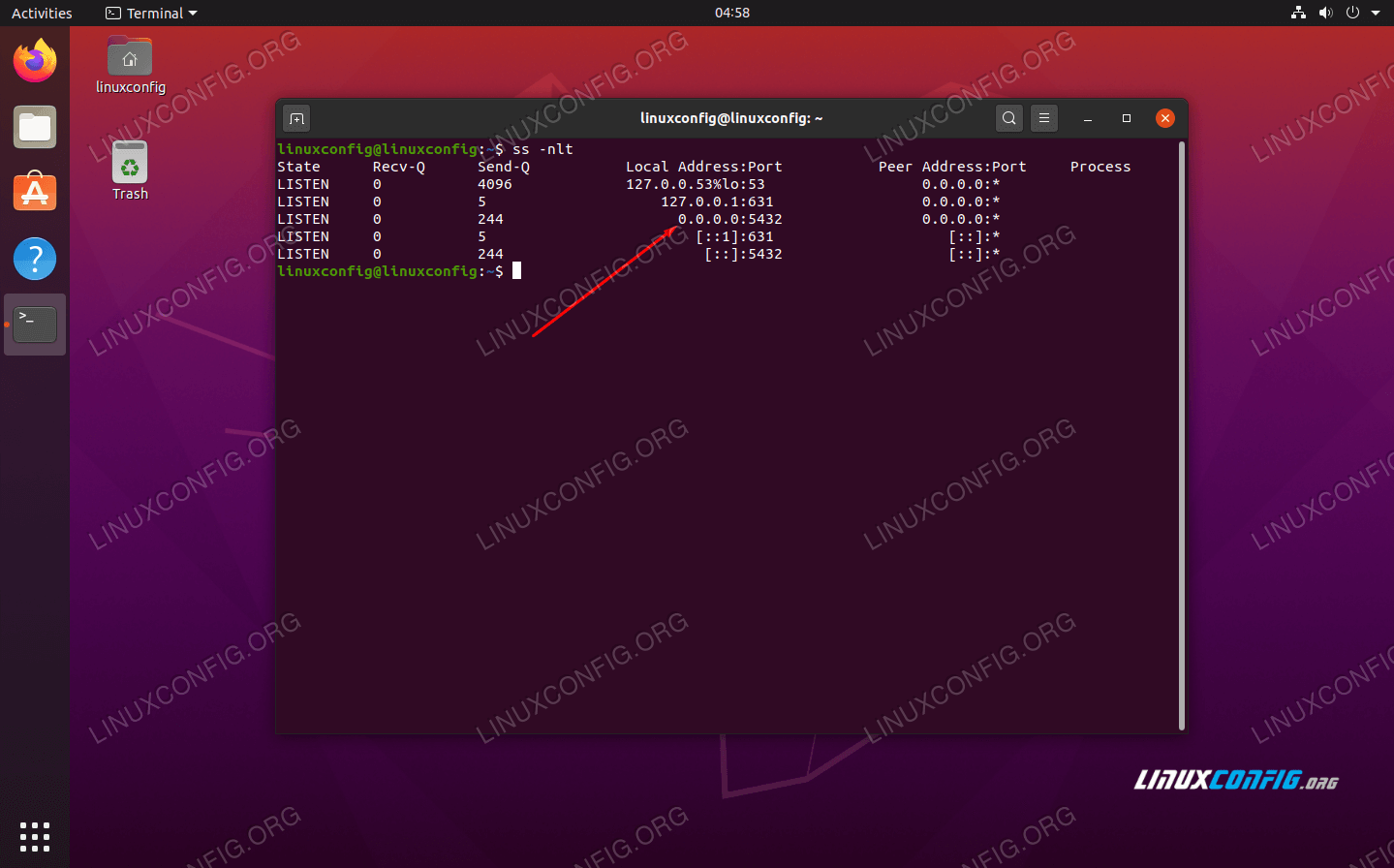

- #Install and configure postgresql ubuntu 20.04 how to
- #Install and configure postgresql ubuntu 20.04 install
- #Install and configure postgresql ubuntu 20.04 update
#Install and configure postgresql ubuntu 20.04 install
I can’t explain this one better than the official documentation – don’t worry it is pretty short => Install PostgreSQL So please go ahead and make yourself a good cup of coffee for this one 🙂 And if you want to do things old school it will take multiple steps. Now my own experience is that it is more robust to do it old school – for now at least. Usually I try to make the tutorials as short as possible, so I wrote a shorter version for people who want to do this using Docker (link here). Grant all privileges on database app_db_name to app_user Ĭheckout this comprehensive guide on user and permission management in postgres here.You can follow this tutorial if you want your PgAdmin interface to be available on a public server that is accessible to other people as well. Use this to create a database, create a user and grant that user all accesss to that database: create database app_db_name Ĭreate user app_user with encrypted password 'dbpassword' Postgres | Superuser, Create role, Create DB, Replication, Bypass RLS | ``` Managing application users If a role exists within Postgres, a Unix/Linux username with the same name is able to sign in as that role.Ĭonnect to the DB as postres role $ sudo -u postgres psqlĬreate super user with name root using this command: CREATE ROLE root WITH LOGIN SUPERUSER CREATEDB CREATEROLE PASSWORD 'passwordhere' Ĭheck the user if its been created and granted necessary privileges: postgres=# CREATE ROLE root WITH LOGIN SUPERUSER CREATEDB CREATEROLE PASSWORD 'passwordhere' By default, Postgres is set up to use ident authentication, meaning that it associates Postgres roles with a matching Unix/Linux system account.

PostgreSQL uses a concept called roles to handle client authentication and authorization. PostgreSQL Roles and Databases Authentication Methods Use this command: sudo -u postgres psql -c "SELECT version() " Next, let’s verify the installation by connecting to the PostgreSQL database server and checking its version.

Main PID: 25741 (code=exited, status=0/SUCCESS)Īug 06 17:59:37 frhb64566ds systemd: Starting PostgreSQL RDBMS.Īug 06 17:59:37 frhb64566ds systemd: Finished PostgreSQL RDBMS. Loaded: loaded (/lib/systemd/system/rvice enabled vendor preset: enabled)Īctive: active (exited) since Fri 17:59:37 UTC 1min 25s ago Use this command to check the service status: # systemctl status postgresql Then we upgrade the packages in our system with this:
#Install and configure postgresql ubuntu 20.04 update
Let’s refresh your server’s local package index using this command: sudo apt update
#Install and configure postgresql ubuntu 20.04 how to



 0 kommentar(er)
0 kommentar(er)
